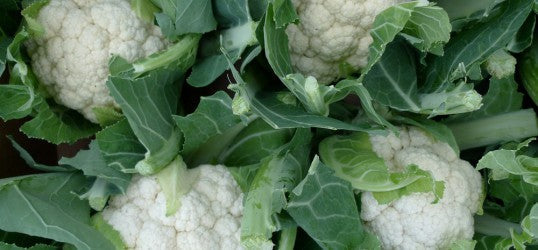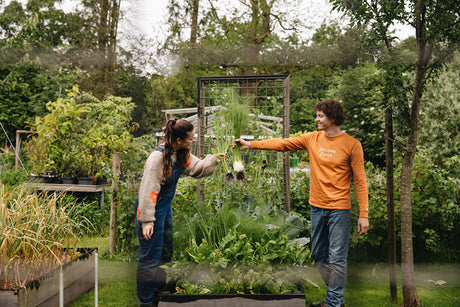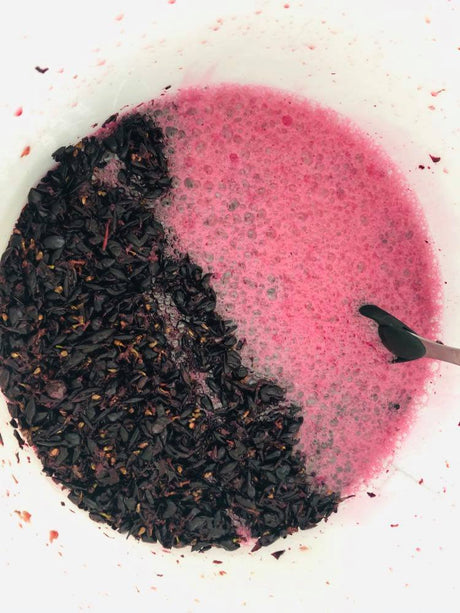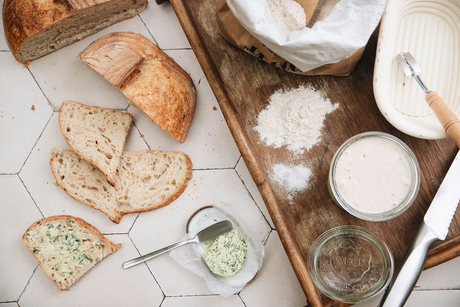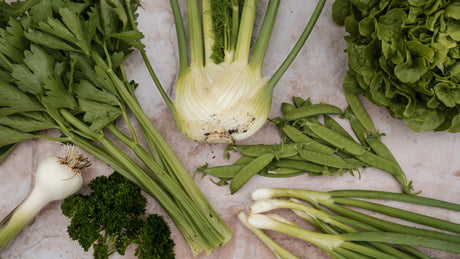sowing cauliflower ( Brassica oleracea botrytis )
|
|
Crop group: Cabbage crop |
Crop family : Cruciferous family |
|
Well-known varieties : Widow cultivation, Freemason cultivation and Summer cultivation: Alpha 6 , Summer and Autumn cultivation: Romanesco Minaret Autumn and Winter cultivation: Walcheren Winter
|
Sowing depth: 1.5 cm
|
|
Height : 50 cm |
Sowing distance: 8 cm pots |
|
Germination: 24 C° / 7-10 days
|
Planting distance : 60 cm all around |
|
Growth cycle : 160 days |
Plant out when : 4 to 6 weeks after sowing |
Cultivation method :
- Widow cultivation under glass: Sow under glass Beginning of September - mid September. Plant under glass end of September - mid October; harvest mid April - mid May
- Maidenhair: Sow under glass early February-early March; plant outdoors mid-April; harvest mid-June-mid-July
- Summer cultivation: Sow under glass end of March-mid May; plant outdoors beginning of May-mid July; harvest beginning of July-early September
- Autumn cultivation: Sow outdoors mid-May-early July; plant outdoors mid-June-mid-August; harvest September-November
- Winter cultivation: Sow outdoors mid June - early July; plant outdoors end of July-August; harvest April-May
Cauliflower in our webshop 
|
Location:  |
Watering: 
|
|
Good neighbors : beans , peas , celery, aromatic herbs
|
Bad neighbors : Climbing beans , tomatoes, peppers , eggplant , strawberries and mustard |
|
Frost resistant: Yes |
Root system: 30-45 cm |
|
Fertilization : Nitrogen (cow manure, nettle manure, ...). Not too much fertilization or you will get too much leaf and too little cabbage. |
Preferred soil: pH: 6.5-7.0 loam soil |
|
Dangers and concerns : Cabbage fly and cabbage whites pose the greatest dangers. A cabbage collar can help against cabbage fly, but you are only playing it safe with insect netting . Clubroot can also throw a spanner in the works, which you can avoid by crop rotation. Wait 4 years before planting cabbages in the same place again.
|
Harvesting and storage : The cabbage develops very quickly in ideal conditions. Harvest the cabbages within 1 to 2 weeks after the cabbage has reached 15 to 20 cm. The mature cabbages should be white and compact. Harvest by cutting the main stem but leave some leaves on the plant until the moment of cooking. When the cabbages form flowers, the quality decreases very quickly. You can compost the rest of the plant. If clubroot has occurred, do not compost but destroy the plant or feed it to small livestock.
Nutritional value:
100 grams of cooked cauliflower without salt contains:
- 23 kcal
- 0 grams of fat
- 4 grams of carbohydrates
- 2 grams of protein
- 2 grams of fiber
- 2 grams of sugar
- Vitamins: B6, C and K
- Other: Thiamine, Riboflavin, Phosphorus , Potassium, Folic Acid, Pantothenic Acid and Manganese
|
little sun  = moderate sun = moderate sun  = lots of sun = lots of sun  = little water = little water  = moderate water = moderate water  = a lot of water = a lot of water |



 = moderate sun
= moderate sun  = lots of sun
= lots of sun  = little water
= little water  = moderate water
= moderate water  = a lot of water
= a lot of water